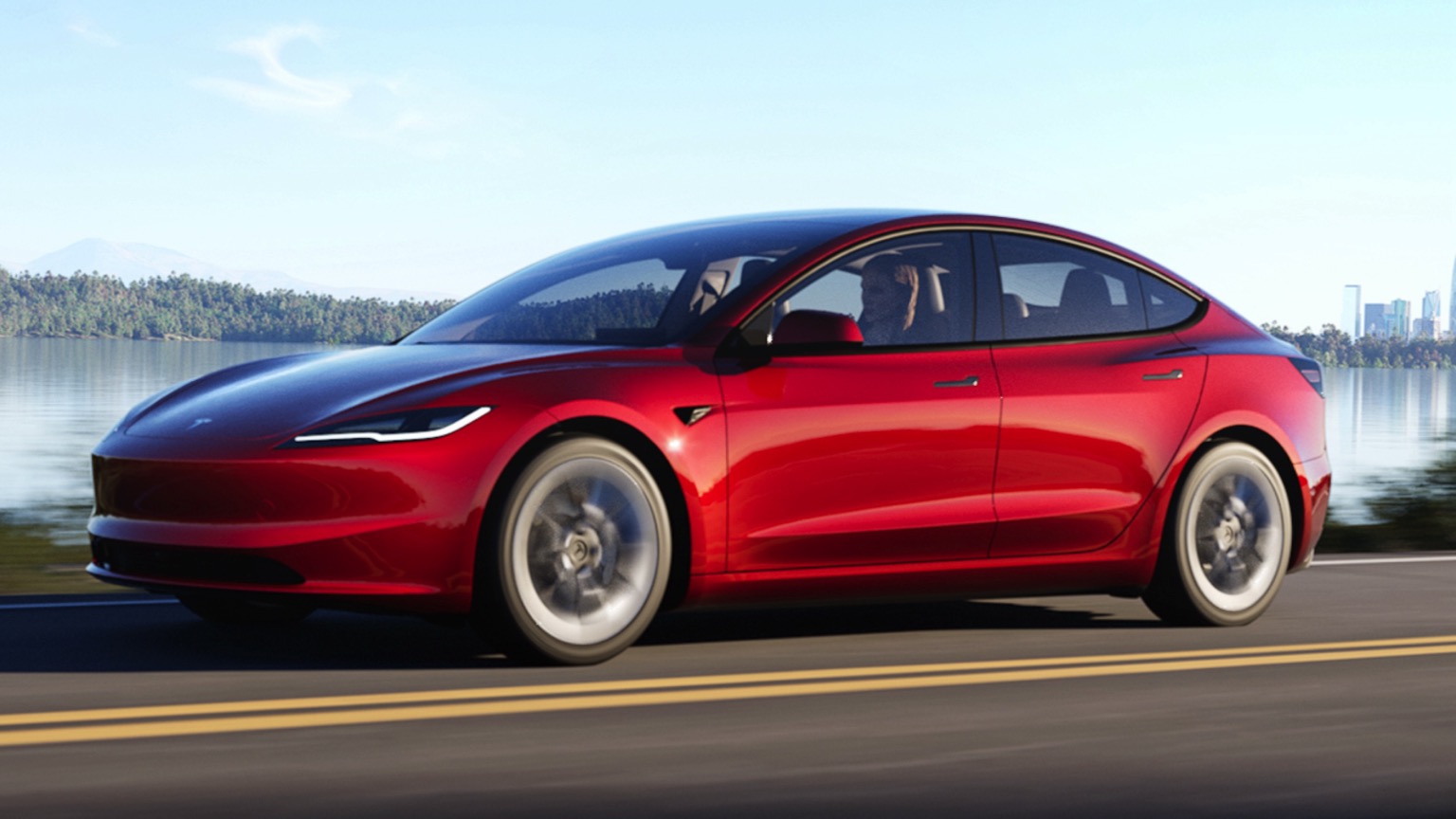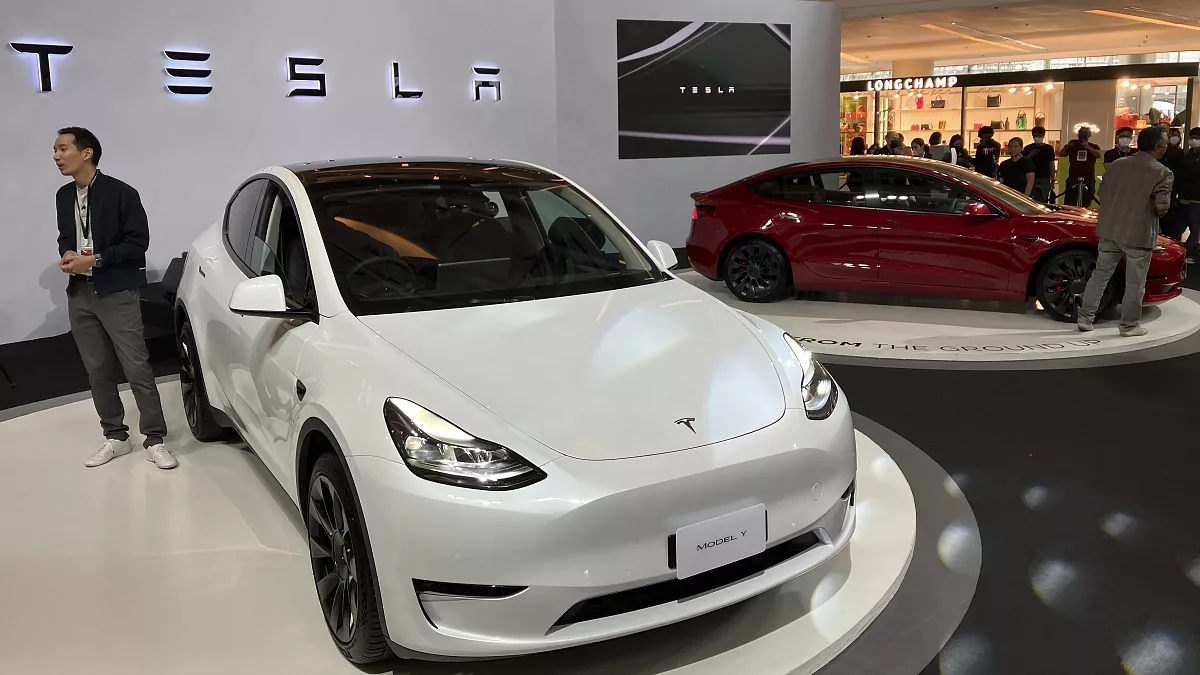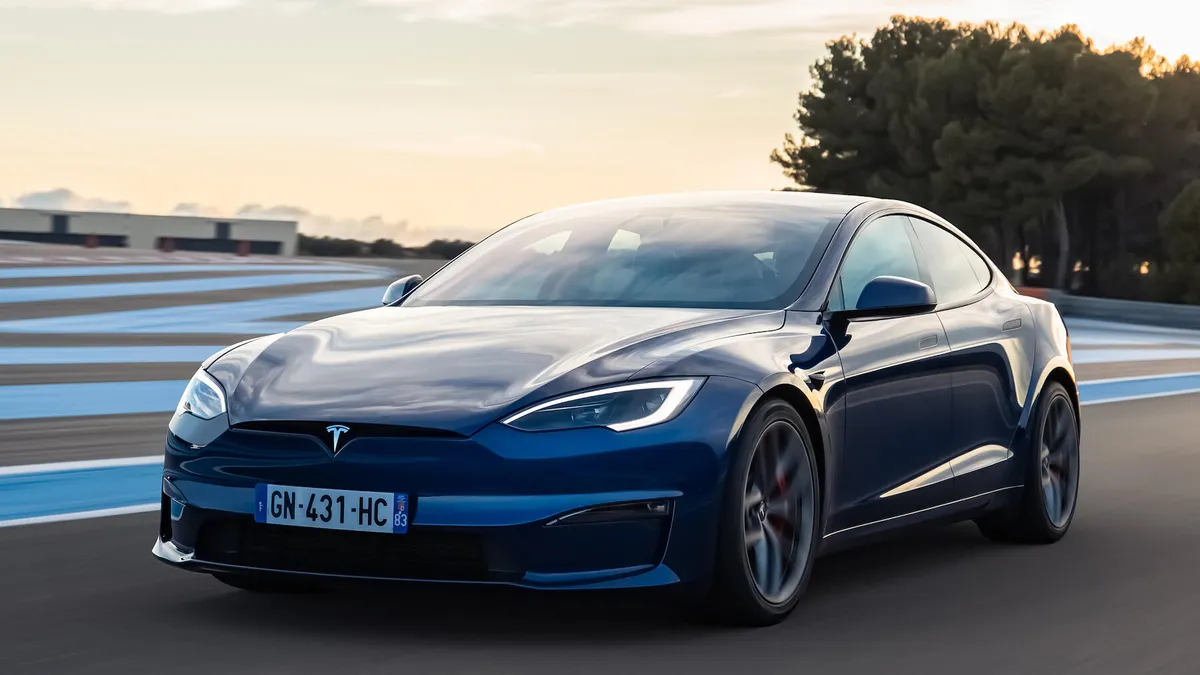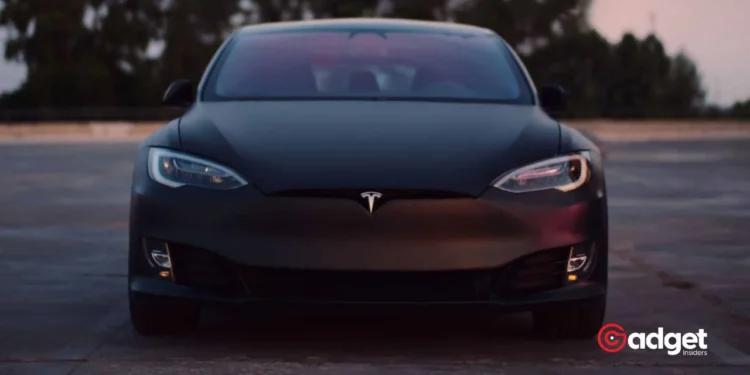Tesla, a name synonymous with innovation in the electric vehicle (EV) market, has reportedly made a surprising move by investing approximately $2 million in lidar technology—a method Elon Musk, Tesla’s CEO, has previously dismissed as a “fool’s errand.” This investment, disclosed in a recent earnings report by lidar manufacturer Luminar, signifies a noteworthy pivot, as Tesla was the largest customer for Luminar last quarter, accounting for more than 10% of its revenue.
Lidar, an acronym for Light Detection and Ranging, is a remote sensing method that uses light in the form of a pulsed laser to measure distances.
These light pulses—combined with other data recorded by the scanning system—create precise, three-dimensional information about the shape of the Earth and its surface characteristics.
Predominantly, lidar is utilized in various types of self-driving and Advanced driver-assisted systems (ADAS) to enhance vehicle safety by providing detailed and accurate views of the surroundings.

Despite Elon Musk’s previous criticisms and his preference for camera-based vision systems in Tesla vehicles, this acquisition suggests a potential reconsideration of Tesla’s sensor technology strategy, especially in its pursuit of refining its full self-driving system.
At Tesla’s “Autonomy Day” in 2019, Elon Musk remarked on the redundancy of lidar in EVs, comparing it to “having a whole bunch of expensive appendices.” More recently, during a Tesla quarterly earnings call, Elon Musk reiterated that Tesla’s EVs would rely solely on camera-based systems, stating, “No lidars, no radars, ultrasonic. Nothing.”

Exploring the Possibilities: Tesla’s Lidar Endeavors
Despite these public dismissals, Tesla’s engagement with lidar technology is not entirely new. In 2021, images of a Tesla Model Y equipped with lidar sensors surfaced online, and reports indicated a partnership between Tesla and Luminar for testing and development purposes.
Furthermore, Tesla’s deployment of autonomous testing units across several U.S. cities underscores its commitment to advancing its self-driving technology, despite the regulatory challenges it faces.
Tesla quietly spent $2 million on a technology Elon Musk previously trashed as a 'fool's errand' https://t.co/USJHofkx5O
— Business Insider (@BusinessInsider) May 8, 2024
The National Highway Traffic Safety Administration (NHTSA) and the U.S. Department of Justice have scrutinized Tesla over safety and regulatory compliance issues related to its Autopilot system.
A recall of over 2 million vehicles last year, due to concerns about the Autopilot system not adequately preventing misuse by drivers, highlights the ongoing challenges.
Furthermore, a fatal crash involving a driver allegedly using the Autopilot feature has prompted further investigations into whether the recall measures were sufficiently impactful.

Conclusion: Reconciling Elon Musk’s Vision with Tesla’s Technological Trajectory
While it remains unclear how Tesla plans to integrate lidar technology into its future vehicles or if it represents a permanent shift in strategy, this development reflects the complexities and evolving nature of autonomous vehicle technologies.
As Tesla continues to navigate both technological and regulatory landscapes, the integration of lidar could potentially enhance the capabilities and safety of its driver-assist features, possibly reconciling Elon Musk’s visionary statements with the practical demands of automotive innovation.
As the EV industry continues to evolve, Tesla’s strategic investments, such as its foray into lidar technology, will likely play a crucial role in shaping its trajectory and influence in the market.
This blending of camera-based systems with lidar could potentially lead to a more robust, redundant safety mechanism, ensuring Tesla’s leadership in the competitive space of autonomous driving technology.










